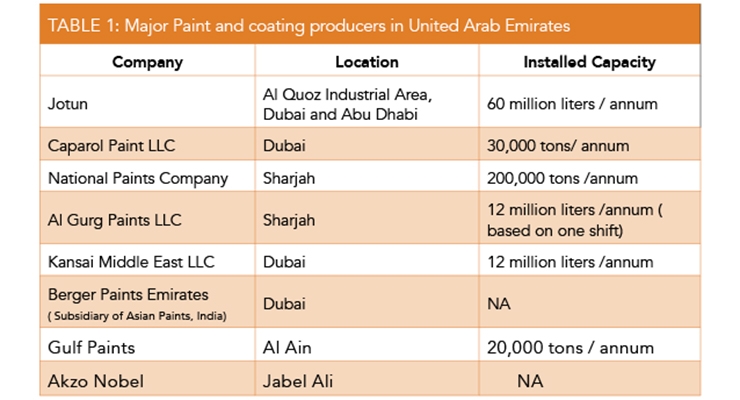Understand Just How Seasonal Conditions Affect The Success Of Business Exterior Paint And Learn The Suitable Periods To Assure Durable Results For Your Task
Understand Just How Seasonal Conditions Affect The Success Of Business Exterior Paint And Learn The Suitable Periods To Assure Durable Results For Your Task
Blog Article
Article By-Aguilar Browne
When you're preparing an industrial exterior paint project, seasonal variables can make or break your outcomes. You'll want to take into consideration just how temperature and humidity influence paint application and drying times. Choosing mouse click the up coming web site can ensure your paint sticks correctly and lasts longer. But which periods are really the best for this sort of work? Let's check out the crucial elements that can impact your job's success.
The Effect of Temperature on Paint Application
When you're intending a business external painting job, the temperature level can dramatically influence just how well the paint sticks and dries out.
Preferably, you intend to paint when temperatures vary in between 50 ° F and 85 ° F. If it's too cool, the paint may not treat effectively, leading to problems like peeling off or splitting.
On the flip side, if it's as well hot, the paint can dry also swiftly, protecting against appropriate attachment and causing an unequal surface.
You need to likewise consider the time of day; morning or late afternoon provides cooler temperatures, which can be more beneficial.
Always inspect the supplier's suggestions for the certain paint you're utilizing, as they often give advice on the perfect temperature level range for optimum outcomes.
Moisture and Its Impact on Drying Times
Temperature level isn't the only ecological aspect that influences your business exterior paint project; moisture plays a significant function as well. High humidity levels can reduce drying times drastically, affecting the total quality of your paint work.
When the air is filled with moisture, the paint takes longer to treat, which can result in problems like poor adhesion and a higher risk of mildew development. If you're repainting on an especially damp day, be prepared for extensive wait times between layers.
It's crucial to monitor neighborhood weather conditions and plan appropriately. Preferably, aim for humidity degrees between 40% and 70% for optimal drying out.
Maintaining these consider mind ensures your job remains on track and delivers an enduring finish.
Best Seasons for Commercial Outside Painting Projects
What's the most effective season for your commercial outside paint projects?
Spring and early loss are typically your best choices. Throughout these seasons, temperature levels are light, and moisture levels are typically reduced, developing perfect conditions for paint application and drying.
Avoid summer season's intense heat, which can cause paint to completely dry as well promptly, leading to inadequate adhesion and coating. In a similar way, wintertime's cool temperature levels can impede correct drying out and curing, risking the durability of your paint job.
Aim for days with temperatures between 50 ° F and 85 ° F for optimal results. Keep in mind to check the neighborhood weather prediction for rainfall, as wet problems can destroy your project.
Planning around these variables ensures your paint task runs efficiently and lasts much longer.
Conclusion
In conclusion, planning your industrial exterior paint tasks around seasonal considerations can make a significant distinction in the outcome. By organizing https://garagepaintersnearme30516.bloggazzo.com/33381826/enter-a-globe-of-vibrant-possibilities-as-we-reveal-the-secret-to-transforming-your-home-with-the-help-of-expert-home-painters during the optimal temperature levels and humidity degrees, you'll guarantee much better adhesion and drying out times. Bear in mind to watch on neighborhood weather prediction and choose the correct time of year-- spring and very early autumn are your best choices. Taking these steps will certainly help you attain a durable and specialist finish that lasts.
